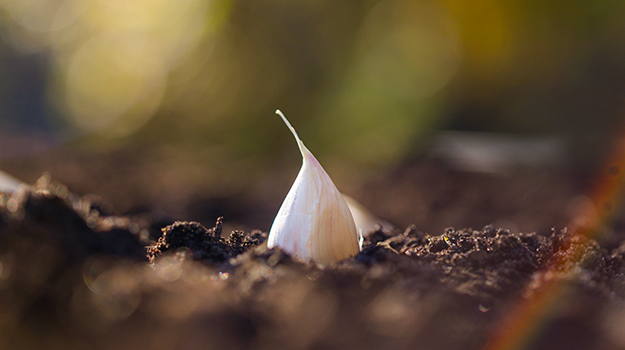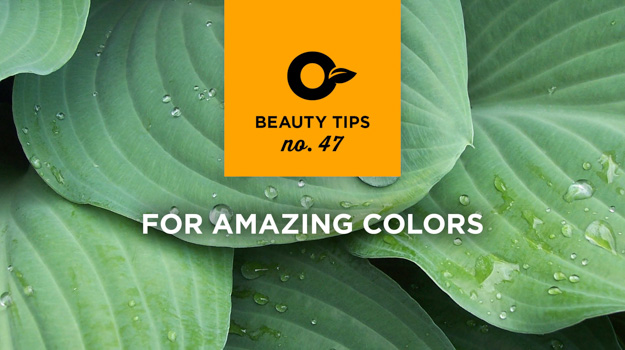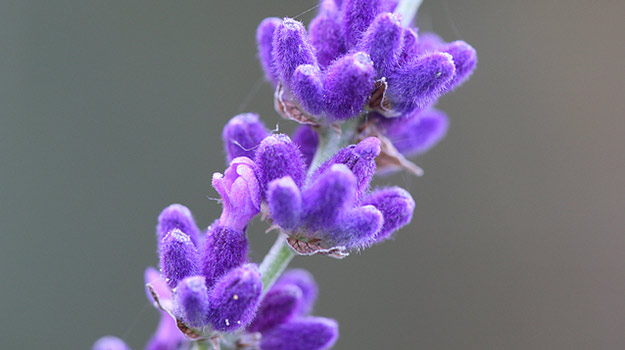
How do you discourage pests without resorting to toxic chemicals that kill honeybees and other beneficial insects? Many gardeners are convinced that planting a variety of pest-repelling flowers will convince intruders to move on to greener pastures.
Pest-repellent plants containing powerful essential oils may help discourage pests, but they are rarely a perfect solution to a serious invasion. However, the plants are pretty, and they may just give your garden a competitive edge.
Pest-Repelling Flowers
Lavender (Lavandula angustifolia)
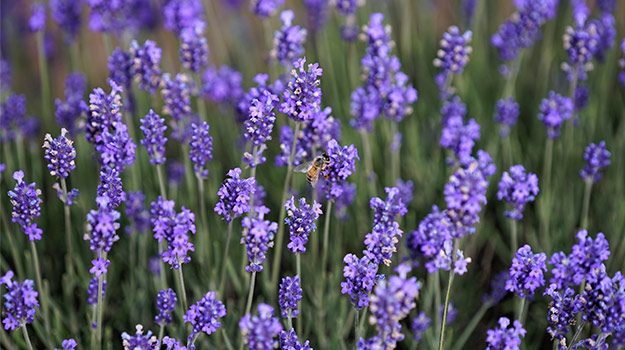
Lavender (Lavandula angustifolia) has a sweet aroma that attracts people and bees, but flies, moths, ticks, fleas and mosquitoes usually aren’t impressed. Lavender is a low-maintenance plant that thrives in well-drained soil and bright sunlight.
Nasturtiums (Tropaeolum)
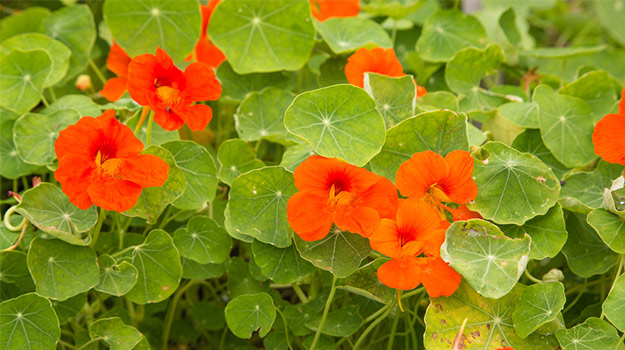
Nasturtiums (Tropaeolum) may repel bean beetles, squash bugs and whiteflies. Some gardeners think nasturtiums repel aphids, but others think the opposite is true. In fact, nasturtiums are sometimes used as trap plants to draw aphids away from tender flowers. The only way to find out is to plant a few nasturtium seeds and see what happens in your garden.
Globe allium (Allium ‘Globemaster’)
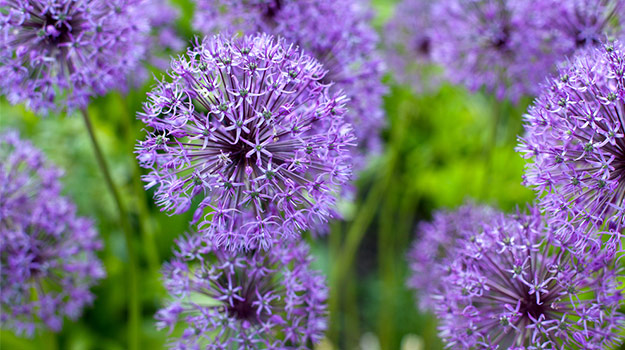
Globe allium (Allium ‘Globemaster’), a member of the onion family, globe allium emits a distinctive aroma that repels cabbage worms, aphids, carrot flies, slugs and other pests. The reddish-purple, softball-size blooms of Globemaster are simply spectacular, but other allium varieties are pretty (and pungent), too.
Marigolds (Tagetes spp.)
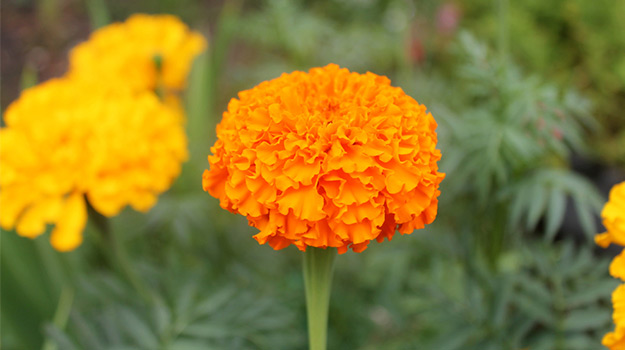
Marigolds (Tagetes spp.) are tough, beautiful flowers with a spicy aroma that may repel whiteflies, spider mites, bean beetles and snails. As an added benefit, marigold roots have been proven to emit a compound that repels miniscule, root-damaging nematodes.
Sunflowers (Helianthus spp.)
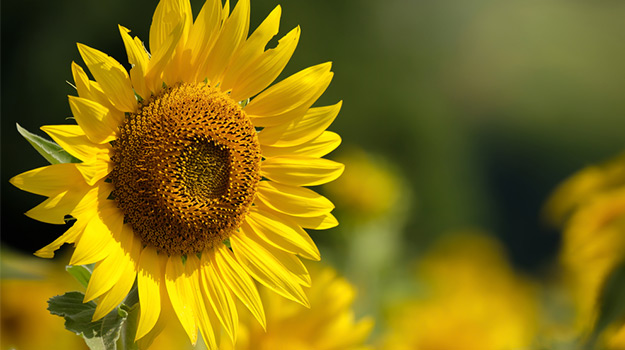
Sunflowers (Helianthus spp.) actually attract aphids. What’s so great about that? The big, sunny blooms work well as traps that draw aphids away from more susceptible plants. Sunflowers are so tough that they are rarely damaged by aphids.
Petunias (Petunia spp.)
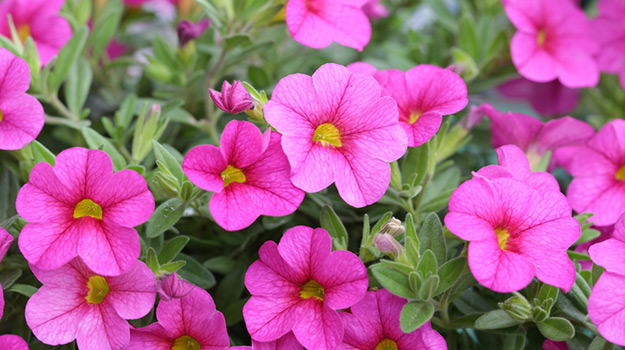
Petunias (Petunia spp.) are beautiful, old-fashioned flowers that may discourage asparagus beetles, aphids, leafhoppers, tomato worms and squash bugs.
Flowering tobacco (Nicotiana alata)
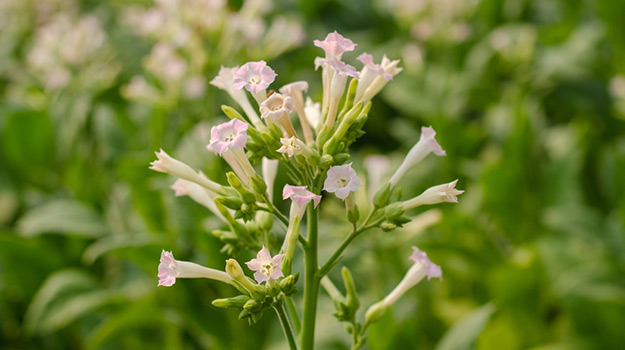
Flowering tobacco (Nicotiana alata) may repel flea beetles and carrot flies. Additionally, the graceful plant attracts whiteflies that get stuck on the fuzzy leaves. (Note: Be careful about planting flowering tobacco if you have children or pets; all parts of the plants are toxic if ingested.)
Geraniums (Pelargonium)
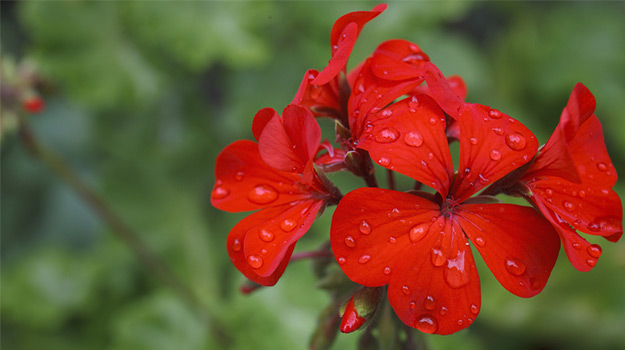
Geraniums (Pelargonium) are big, bold flowers that beautify any garden. They may also keep corn earworms, leafhoppers and other pests at bay.
Four o’clocks (Mirabilis jalapa)
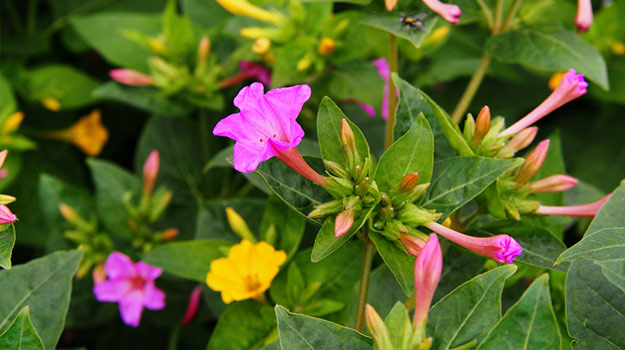
Four o’clocks (Mirabilis jalapa) are sweet-smelling plants with big, trumpet-shaped flowers that bloom from dawn to dusk. Bees and hummingbirds love four o’clocks, but Japanese beetles don’t like them. Keep in mind that these members of the nightshade family are poisonous to pets and people.
Click here to get more informations on how to control garden pests.

